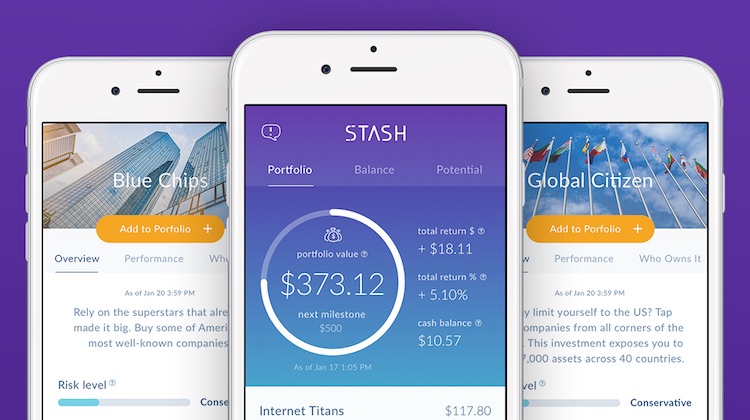Future of Investing
Cheatsheet: What you need to know about fractional investing
- Through the purchase of fractional shares, customers of modest means can invest in the stock market.
- Brokerages dealing in fractional shares say that while returns are important, financial education is a key objective.










